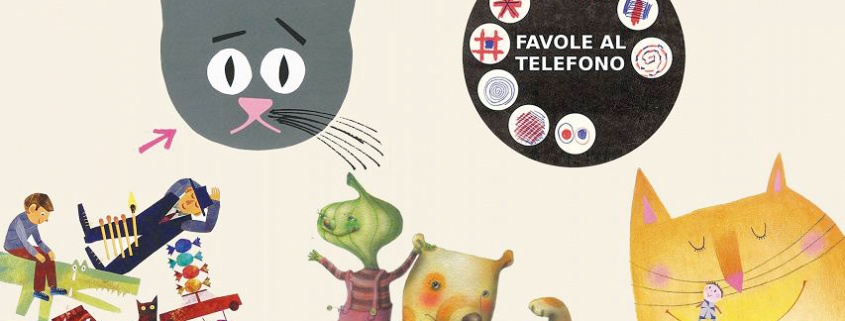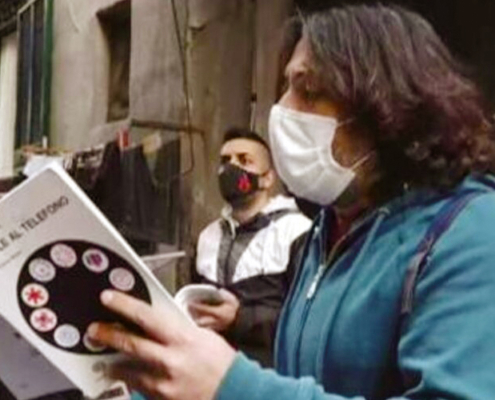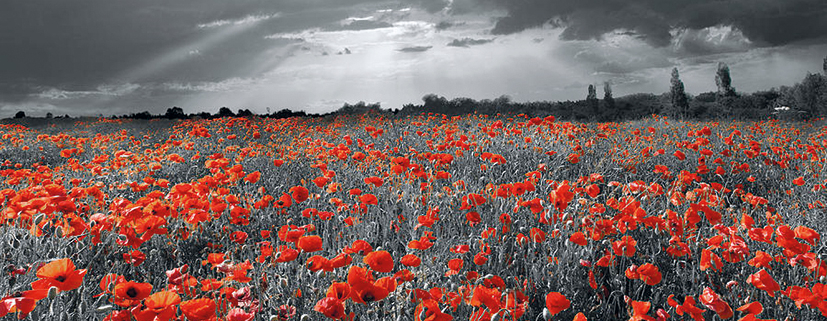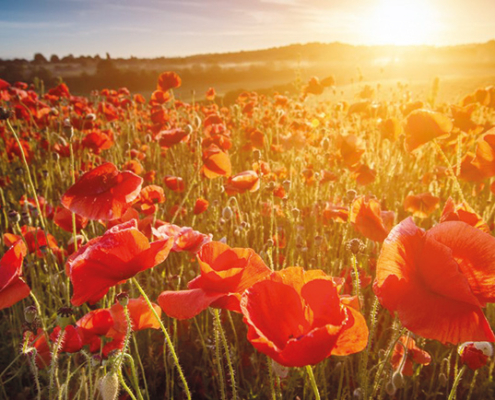MY TASTE OF NAPLES
So, what is Vino Novello?
A SEASONAL DELIGHT
Like every year, starting from mid-October until the end of November, the so-called Italian “new” wines appear.
Vino Novello is a fresh, sparkling deep-red coloured wine with purple reflections, commonly confused with young wines or recent vintages, that is – wines that have not yet aged.
Novello wines follow a production process unlike any other wine with a distinctive feature – fermentation by carbonic maceration. Another great difference between Novello and “normal” wines is the low-alcohol content as whole grapes are fermented and not pressed therefore limiting the percentage of sugars converted into alcohol content (11%).
Carbonic maceration is a fascinating wine-making technique originally created back in the 1930’s by a French researcher called Flanzy. Grape fermentation is favoured by the absence of oxygen. This contemporary method was developed throughout the Beaujolais wine region of Burgundy introducing the renowned vin primeur and vin nuoveau.
Novello wines are a perfect match with mushrooms, artichokes and of course roasted chestnuts commonly known here as “Caldarroste”
MY TASTE OF NAPLES
ROASTED CHESTNUTS Castagne – Caldarroste
QUALITY FRUITS OF THE CAMPANIA REGION. The Campania region is not only rich in art and archaeology but offers a great range of certified agricultural products. Following last month’s TASTE OF NAPLES – Local Fruit & Veg (Frutta e Ortaggi) the month of November and the Autumn season includes a fantastic selection of fruit – just waiting to be discovered.
The provinces of Avellino and Benevento are renowned for the chestnut varieties: Castagna di Montella and the Castagna di Serino.
Other typical varieties include the Castagna del prete (traditionally linked to the Christmas season), Castagna di Acerno and Marrone di Roccadaspide.








